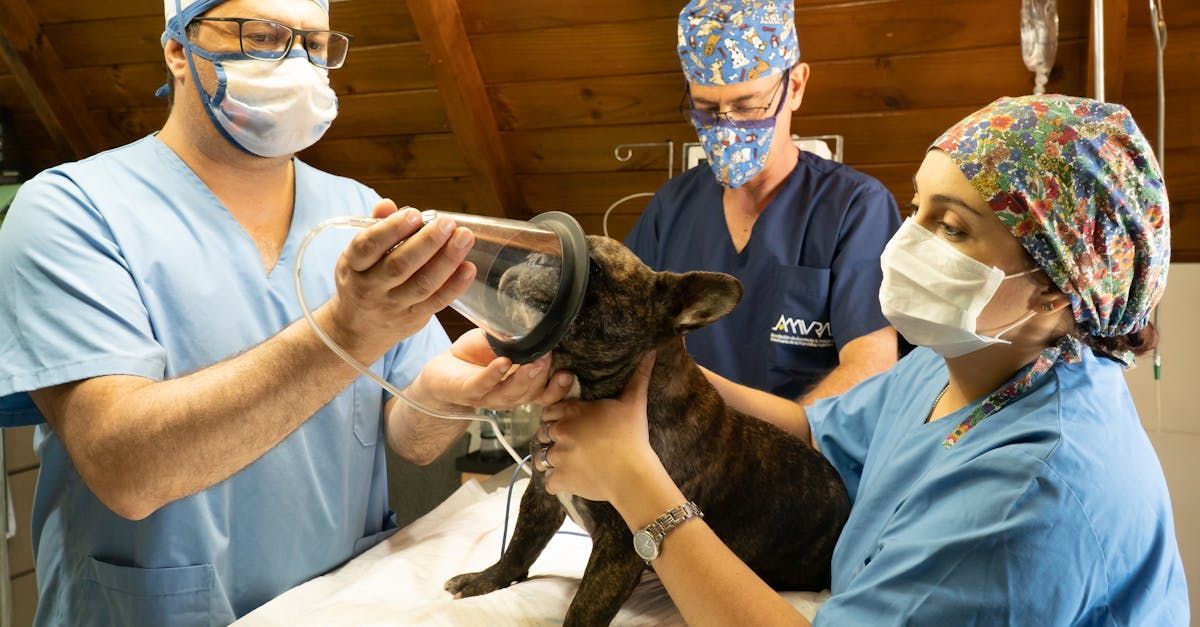Understanding Canine Hepatitis
Protecting Your Dog's Health
Canine hepatitis, also known as infectious canine hepatitis (ICH), is a viral disease that affects the liver, kidneys, spleen, lungs, and eyes of infected dogs. Caused by the canine adenovirus type 1 (CAV-1), this contagious illness can lead to a range of symptoms and potentially serious complications. In this blog post, we will explore what canine hepatitis is, its effects on dogs and puppies, how it can be contracted, signs of infection, what to do if your pet is infected, the importance of vaccination, the vaccination schedule, and how long it takes for your dog or puppy to become fully immune.
What is Canine Hepatitis?
Canine hepatitis is a viral disease that primarily affects the liver and other organs in infected dogs. The virus is spread through contact with infected urine, feces, saliva, or nasal discharge, making it highly contagious. Once a dog is infected, the virus can cause a range of symptoms and potentially life-threatening complications.
Effects of Canine Hepatitis on Dogs and Puppies:
Canine hepatitis can have serious effects on dogs and puppies, with young and unvaccinated animals being particularly vulnerable. The disease can manifest as fever, lethargy, loss of appetite, abdominal pain, vomiting, diarrhea, jaundice, and potentially severe liver damage. In severe cases, canine hepatitis can be fatal.
How Can Canine Hepatitis be Contracted?
Canine hepatitis is typically contracted through contact with infected bodily fluids, such as urine, feces, saliva, or nasal discharge. Dogs can also become infected by coming into contact with contaminated objects or environments. Puppies and unvaccinated dogs are at higher risk of contracting the virus.
Signs of Infection in Dogs and Puppies:
Recognizing the signs of canine hepatitis in your dog or puppy is crucial for early detection and treatment. Common signs of infection include fever, lethargy, loss of appetite, abdominal pain, vomiting, diarrhea, jaundice (yellowing of the eyes and gums), and potentially neurological symptoms. If you notice any of these signs in your pet, seek veterinary care immediately.
What to Do if Your Dog or Puppy is Infected:
If your dog or puppy is diagnosed with canine hepatitis, your veterinarian will recommend supportive care to manage symptoms and complications. Treatment may include fluid therapy, nutritional support, medications to support liver function, and monitoring for potential complications. In severe cases, hospitalization and intensive care may be necessary.
The Importance of Vaccination:
Vaccination is the most effective way to prevent canine hepatitis and protect your pet from this potentially deadly disease. Puppies should receive a series of vaccinations starting at 6-8 weeks of age, with booster shots given every 3-4 weeks until they are 16 weeks old. Adult dogs should receive regular booster vaccinations to maintain immunity.
Vaccination Schedule:
The typical vaccination schedule for canine hepatitis involves initial vaccinations starting at 6-8 weeks of age, with booster shots given every 3-4 weeks until the puppy is 16 weeks old. Adult dogs should receive regular booster vaccinations as recommended by their veterinarian to maintain immunity.
How Long Does it Take for Your Dog or Puppy to Become Fully Immune?
It typically takes about 7-10 days for a dog or puppy to develop immunity after receiving a hepatitis vaccination. However, full protection may not be achieved until the entire vaccination series is completed. It is important to follow your veterinarian's recommended vaccination schedule to ensure that your pet is fully protected against canine hepatitis and other preventable diseases.
Conclusion:
Canine hepatitis is a serious disease that can have devastating effects on dogs and puppies. By understanding the signs of infection, seeking prompt veterinary care, and ensuring that your pet is up-to-date on vaccinations, you can help protect them from this preventable illness. Vaccination is key to preventing canine hepatitis and safeguarding your pet's health and well-being. Remember, a healthy pet is a happy pet!













